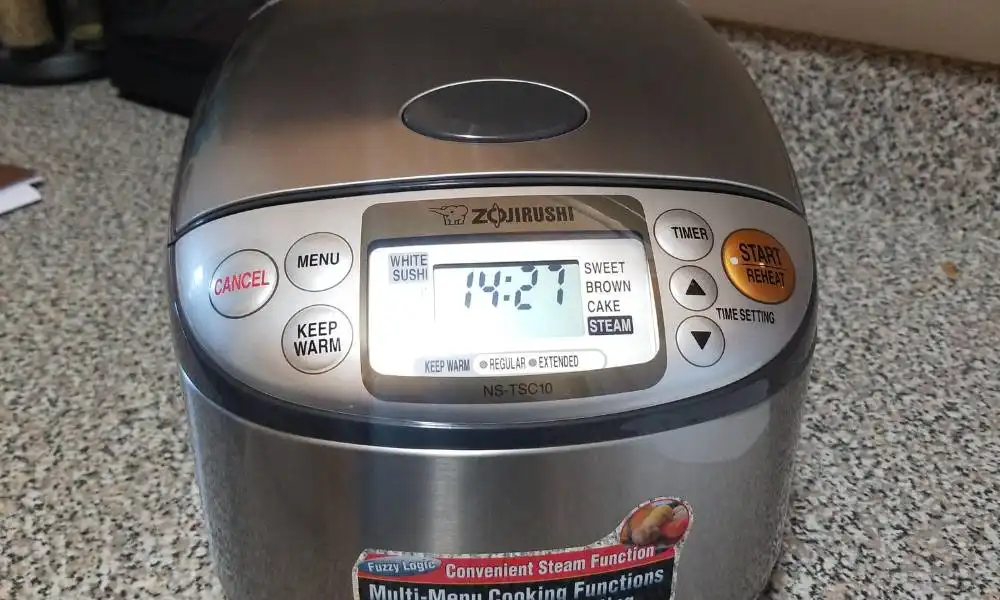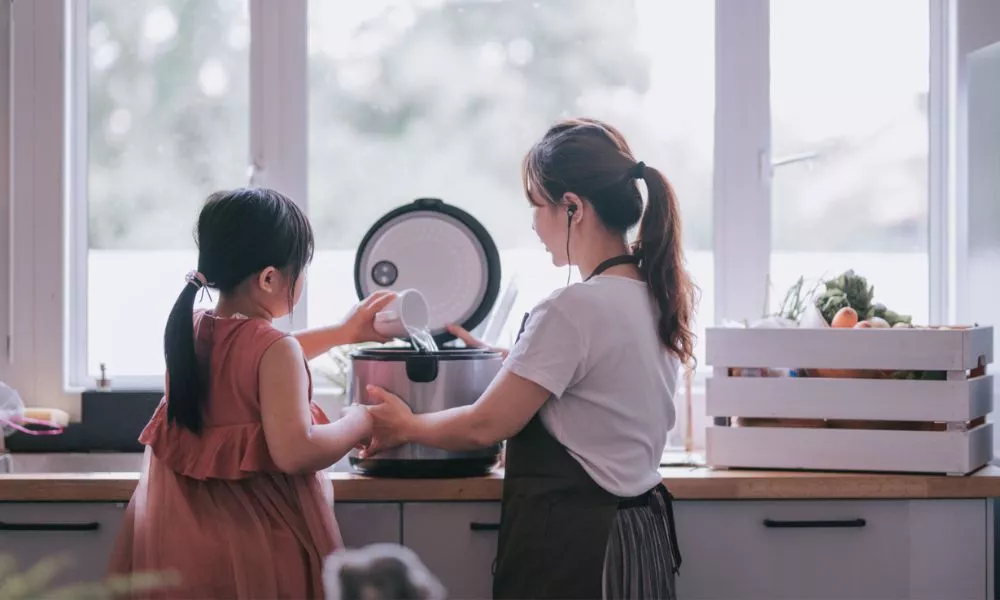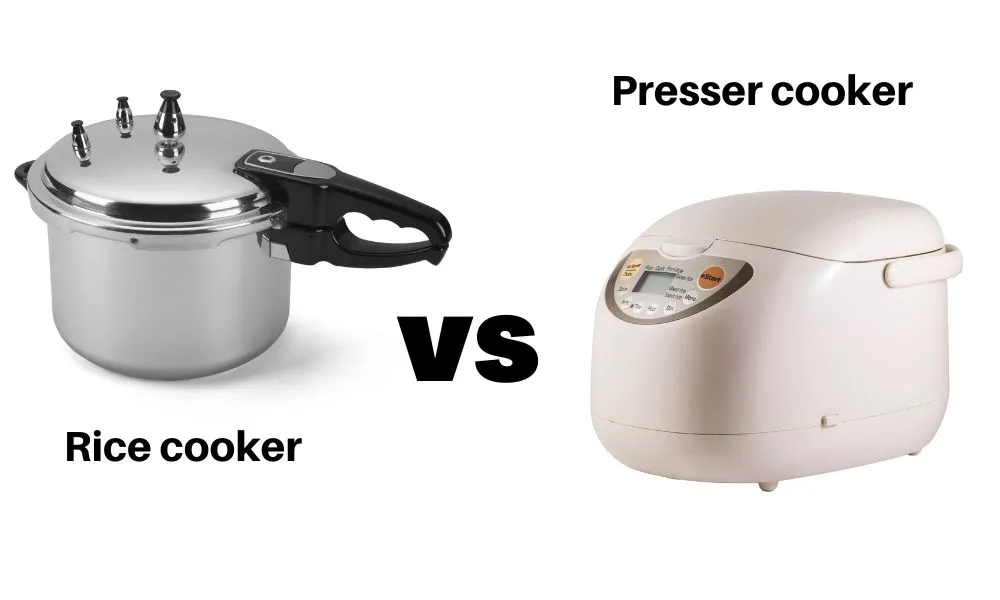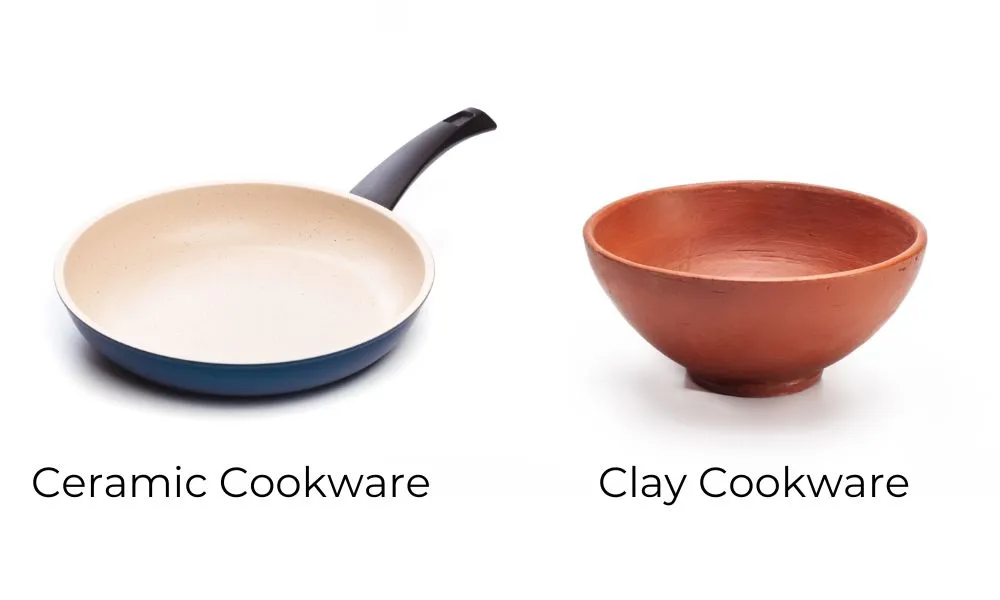Are you tired of cooking soggy and undercooked rice? A Japanese rice cooker can be the solution to all your rice cooking problems! With the right techniques and proper usage, you can have perfectly fluffy rice every time. In this article, we will discuss the dos and don’ts of using a Japanese rice cooker.
Table of Content
- Dos and Don’ts of Japanese Rice Cooker Usage
- What is a Japanese Rice Cooker?
- Dos of Using a Japanese Rice Cooker
- Don’ts of Using a Japanese Rice Cooker
- Tips for Maintaining a Japanese Rice Cooker – Dos and Don’ts of Japanese Rice Cooker
- Conclusion on Dos and Don’ts of Japanese Rice Cooker
- FAQs about Dos and Don’ts of Japanese Rice Cooker
Dos and Don’ts of Japanese Rice Cooker Usage
What is a Japanese Rice Cooker?
A Japanese rice cooker is an electronic device that automates the process of cooking rice. It uses advanced technology to control temperature, pressure, and time, resulting in perfectly cooked rice every time. Japanese rice cookers have earned a reputation for their versatility and ability to cook various types of rice, such as white, brown, and sushi rice.
Dos of Using a Japanese Rice Cooker
Rinse the Rice

Rinsing the rice before cooking is crucial to remove excess starch and dirt. This ensures that the rice cooks evenly and does not stick together. Recommend rinsing the rice several times until the water runs clear.
Measure the Water Correctly
Measuring the correct amount of water is essential to cooking perfect rice. The general rule of thumb is to use a 1:1.1 ratio of rice to water. The type of rice being cooked may vary in this ratio. It is best to refer to the instructions on the rice packaging or the rice cooker manual for specific measurements.
Soak the Rice
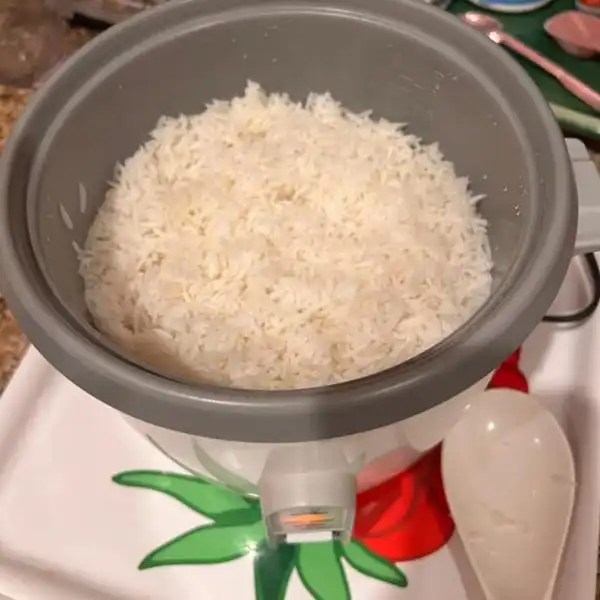
Soaking the rice before cooking can help improve the texture and flavor of the rice. It also reduces cooking time and saves energy. We recommend a minimum soaking time of 30 minutes, although the ideal soaking time may vary depending on the type of rice used.
Use the Right Type of Rice
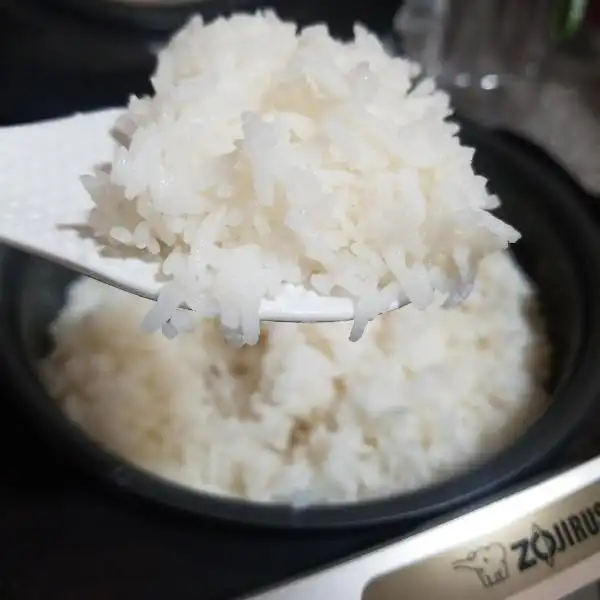
Using the right type of rice is crucial to cooking perfect rice. Japanese rice cookers are designed to cook short-grain rice, which has a higher starch content than other types of rice. It is recommended to use high-quality Japanese rice for best results.
Let the Rice Sit Before Serving
Letting the rice sit for a few minutes after cooking allows the moisture to redistribute, resulting in fluffier rice. It is recommended to let the rice sit for 5-10 minutes before serving.
Don’ts of Using a Japanese Rice Cooker
Don’t Open the Lid During Cooking
Opening the lid during cooking can cause steam to escape, resulting in unevenly cooked rice. It is best to wait until the rice is fully cooked before opening the lid.
Don’t Add Too Much Water
Adding too much water can result in soggy and mushy rice. Recommend measuring the water carefully and not exceeding the recommended water-to-rice ratio.
Don’t Overcrowd the Cooker
Overcrowding the cooker can result in unevenly cooked rice. The recommended action is to follow the manufacturer’s instructions regarding the maximum amount of rice to cook at once.
Don’t Store Rice in the Cooker for Too Long
Storing rice in the cooker for too long can cause it to become dry and hard. It is best to transfer the rice to an airtight container and store it in the refrigerator for up to 2-3 days.
Tips for Maintaining a Japanese Rice Cooker – Dos and Don’ts of Japanese Rice Cooker
To ensure the longevity and optimal performance of your Japanese rice cooker, it is important to follow these maintenance tips:
- Clean the cooker after each use using a non-abrasive sponge and mild detergent.
- Wipe the exterior of the cooker with a damp cloth to remove any dirt or stains.
- Use a soft-bristled brush to clean the inner lid and inner pot of the cooker.
- Avoid using metal utensils to prevent scratches on the inner pot.
- Store the cooker in a dry and cool place when not in use.
People Also Ask: Dos and Don’ts of Japanese Rice Cooker
- Japanese Rice Cooker Can Revolutionize
- Types of Japanese Rice Cookers
- Tips for Perfectly Cooked Rice
- Techniques with a Japanese Rice Cooker
- Tricks with Japanese Rice Cooker
- Innovative Ideas for Your Japanese Rice Cooker
- Common Mistakes When Cooking Rice
Conclusion on Dos and Don’ts of Japanese Rice Cooker
Using a Japanese rice cooker can make the process of cooking rice easy and hassle-free. By following the dos and don’ts discussed in this article, you can ensure that your rice turns out perfectly fluffy every time. Remember to rinse the rice, measure the water correctly, use the right type of rice, and avoid opening the lid during cooking. With these tips, you can enjoy delicious and fluffy rice with minimal effort.
FAQs about Dos and Don’ts of Japanese Rice Cooker
Can I use a Japanese rice cooker to cook other grains?
Yes, most Japanese rice cookers can also cook other grains such as quinoa and barley.
How do I clean my Japanese rice cooker?
You can clean your Japanese rice cooker using a non-abrasive sponge and mild detergent. Be sure to wipe the exterior with a damp cloth and use a soft-bristled brush for the inner lid and inner pot.
Can I store rice in the cooker for an extended period of time?
No, it is best to transfer the rice to an airtight container and store it in the refrigerator for up to 2-3 days.
How do I know when the rice is fully cooked?
The rice cooker will automatically switch off or indicate that the rice is done. Letting the rice sit for a few minutes before serving can also help improve the texture and flavor.
Can I use a Japanese rice cooker for brown rice?
Yes, most Japanese rice cookers can cook brown rice, but the water-to-rice ratio and cooking time may vary. It is best to refer to the rice packaging or rice cooker manual for specific instructions.
